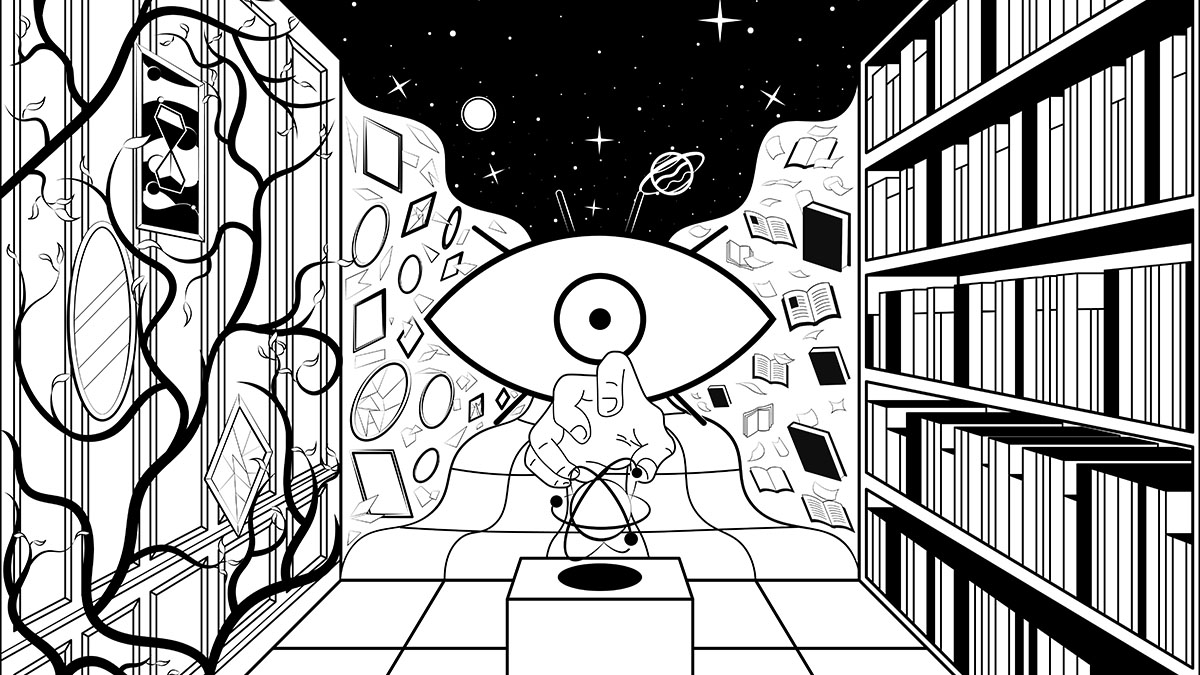how matter might have won the race to dominate the universe

Antimatter is supposed to be matter’s mirror image. Other than its charge and spin, it behaves the same way as the matter that dominates the universe. It should respond to forces the same way, have the same mass, and even look the same. And while that’s convenient when you need to describe antimatter’s physical properties, it does raise the question of exactly why and how our universe is made of what we call normal matter instead of antimatter or nothing at all with equal proportions of the substances annihilating each other into a flash of gamma rays. Being able to answer this question would yield some very fundamental insights into the basic laws of physics, which is why scientists keep asking it.
From a purely mathematical standpoint, the only possible way the cosmos could turn out the way it is would be some sort of difference in the behavior of the two kinds of particles. But the differences are very difficult to measure since antimatter erases itself out of existence when it touches matter since the charges of the interacting particles unwind each other, breaking the bonds created by nuclear forces. We’re dealing with tiny, isolated, very rare subatomic bits and pieces of it that exist for nanoseconds in very large, intricate, and sensitive detectors. It takes trillions of high speed, high energy collisions to collect evidence of just enough interactions to draw any meaningful conclusions.
Still, after decades of trying, researchers are starting to see some charge-parity violations, or differences in the rates of decay and oscillations of particles and their energy states between matter and antimatter starting with subatomic components called mesons, which are made from the same number of quarks and antiquarks, and therefore perfect to study these phenomena. Now, we’re also seeing it with neutrinos and antineutrinos by creating these particles, beaming them into massive detectors to collide with atoms, then recording the aftermath to see what new types and state of matter will be generated. And as it so turns out, neutrinos oscillate and decay faster than their antimatter doppelgangers.
What does that mean? Under the conditions of the early universe we’d expect to see clouds of large, heavy primordial neutrinos colliding with atoms to produce particles faster than primordial antineutrinos, and generating a surplus of matter like plants with more efficient assembly lines, ensuring that matter as we know it would become the building block of stars, galaxies, planets, and eventually life itself. We don’t exactly know if this means that antimatter is slightly more stable than matter or the exact implications for particle physics since we’re still just gathering enough data to answer some basic questions, but it looks like we are closer to unraveling one of the mysteries of why the universe is the way it is.
See: Abe, K., et al. (2020) Constraint on the matter–antimatter symmetry-violating phase in neutrino oscillations. Nature 580, 339–344, DOI: 10.1038/s41586-020-2177-0





